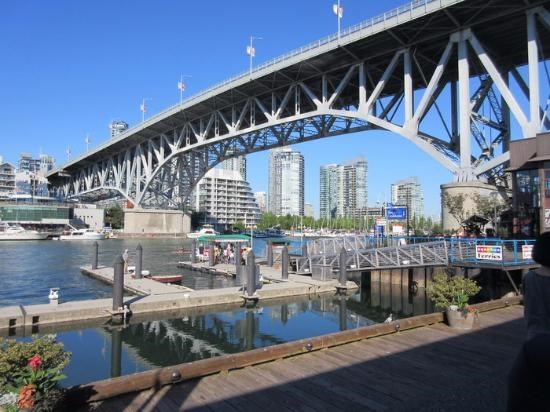Housing longevity
Those wondering where municipal tax dollars go will appreciate the fascinating run of data Statistics Canada published last week, just in time for this week’s civic elections in B.C.
Among the highlights for affordable housing advocates, and those who espouse U.S. architect Carl Elefante’s view that “the greenest building is the one already built,” is the finding that municipally owned affordable housing units in buildings five storeys and higher in B.C.’s major centres have an expected life of 80 years. This is longer than anywhere else in Canada.
While almost all affordable and social housing in Canada – a stunning 95 per cent – was built prior to 2000, public investment in such structures has been greatest in B.C. Of an estimated 1,465 structures in the province, more than 11 per cent have been built since 2000. Of these, most were constructed not during the current housing crisis but between 2000 and 2009, when 114 structures – primarily low-rise apartments and row housing – were built.
Well rounded
B.C. is home to about 10 per cent of the country’s publicly owned arts, culture, sport and recreation facilities. Most of these are in the hands of municipalities, with the remainder operated by regional and provincial governments. Statistics Canada’s numbers reveal what kind of public facilities exist, and what municipal tax dollars support.
While two-thirds of facilities are in Quebec and Ontario, B.C. has an outsized share of publicly owned gallery, presentation and performance venues. B.C. has a 19 per cent share of publicly owned galleries, a percentage point behind Ontario. It also claims 16 per cent of the national total of performance venues, not far behind the share held by Ontario (22 per cent) and Quebec (28 per cent).
However, where B.C. really comes into its own is in government-owned outdoor playing fields. While the province has just 11 per cent of the national total in this category, outdoor playing fields represent 64 per cent of its publicly owned arts and recreation venues. This is on par with Prince Edward Island, a point ahead of Ontario and well above the national average of 47 per cent.
Overall, B.C. is well rounded in terms of arts and recreation venues. The one category in which it lags behind the rest of the country is government-run outdoor ice rinks, with just 1 per cent of all outdoor arenas in Canada. However, with 27, it counts more than the 20 found in Newfoundland, Nova Scotia, P.E.I. and the three territories combined.
Infrastructure ask
Vancouver manages a portfolio of municipally owned arts, culture, sports and recreation facilities with a replacement value of $3.8 billion, according to the city’s 2019-22 capital plan. When voters go to the polls this week, they’ll be asked to approve $300 million in borrowing to support a range of capital projects under that plan, which earmarks $683 million for arts and recreation venues. The borrowing includes funds to renovate civic facilities and park infrastructure ($99.6 million), replace and renovate aging civic facilities ($100 million) and support basic infrastructure like the Granville Street Bridge and the city’s ever-contentious bike lanes ($47 million).
Asking for $300 million is no small feat, and it represents a 35 per cent increase from $222 million in 2008.
It’s modest compared with the quadrupling of the capital plan over the same period, however. A decade ago, the capital plan was $707 million, while this year, infrastructure needs have inflated it to $2.8 billion.
Borrowing hasn’t kept pace because, the city says, it aims to keep debt servicing at just 10 per cent of operating expenses and borrowing to no more than 25 per cent of capital plan requirements.
Where does the money come from, then? Vancouver’s expanding capital plan will be supported by $1.6 billion worth of cash and in-kind contributions from developers.



